Hochsauerlandkreis is a Kreis (district) in the east of North Rhine-Westphalia, Germany. Neighboring districts are Soest, Paderborn, Höxter, Waldeck-Frankenberg, Siegen-Wittgenstein, Olpe, Märkischer Kreis.
Olpe is a Kreis (district) in the south-east of North Rhine-Westphalia, Germany. Neighboring districts are Märkischer Kreis, Hochsauerland, Siegen-Wittgenstein, Altenkirchen, Oberbergischer Kreis.

Wenden is a municipality in North Rhine-Westphalia, Germany. It belongs to the Olpe district in the Sauerland. It lies 10 kilometres south of Olpe and 20 km (12 mi) northwest of Siegen.
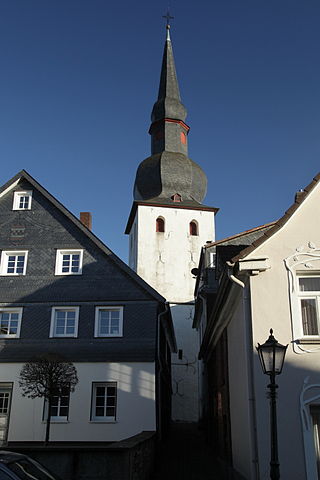
Bergneustadt is a municipality in the eastern part of the Oberbergischer Kreis (district), in North Rhine-Westphalia, Germany. It is located 50 km east of Cologne. It is part of the Berg region.

Schmallenberg is a town and a climatic health resort in the High Sauerland District, Germany. By area, it is the third biggest of all cities and towns of the state of North Rhine-Westphalia and the second biggest of the region of Westphalia.

Attendorn is a German town in the Olpe district in North Rhine-Westphalia. As of 2019 it had a population of 24,264.

Drolshagen is a town belonging to the district of Olpe in the Regierungsbezirk of Arnsberg in North Rhine-Westphalia, Germany, lying roughly 5 km west of Olpe.

Lennestadt lies in the Sauerland in southeast North Rhine-Westphalia and is a community in Olpe district. It is the district's most populous municipality. Lennestadt itself is not an actual town but a community which comprises several towns and villages.

Olpe is a town situated in the foothills of the Ebbegebirge in North Rhine-Westphalia, roughly 60 km east of Cologne and 20 km northwest of Siegen. It is part of the Regierungsbezirk of Arnsberg and is the seat of the district of Olpe.
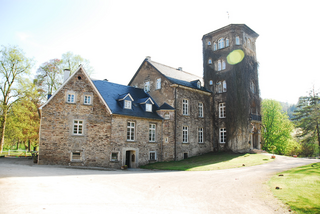
Finnentrop is a Gemeinde (municipality) in Olpe district in North Rhine-Westphalia, Germany.

Bad Berleburg is a town, in the district of Siegen-Wittgenstein, in North Rhine-Westphalia, Germany. It is one of Germany's largest towns by land area. It is located approximately 30 km (19 mi) northeast of Siegen and 35 km (22 mi) northwest of Marburg an der Lahn.

Freudenberg is a town in the Siegen-Wittgenstein district, in North Rhine-Westphalia, Germany.

Hilchenbach is a town in the Siegen-Wittgenstein Kreis (district) of North Rhine-Westphalia, Germany.

Kreuztal is a town in the Siegen-Wittgenstein district, in North Rhine-Westphalia, Germany.
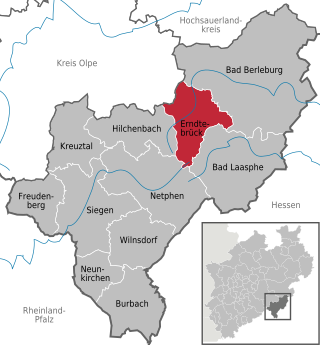
Erndtebrück is a municipality in the Siegen-Wittgenstein district, in North Rhine-Westphalia, Germany.

Burbach is a municipality in the Siegen-Wittgenstein district, in North Rhine-Westphalia, Germany.
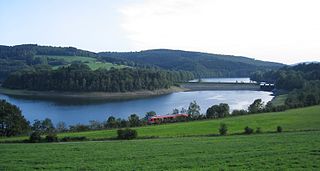
The Biggesee or Bigge Reservoir is a reservoir in Germany. It lies in the southern part of the Sauerland between Olpe and Attendorn.

The Ruhr–Sieg railway is a 106 km long double-track, electrified main line from Hagen to Siegen via Iserlohn-Letmathe, Finnentrop and Kreuztal in the German state of North Rhine-Westphalia. The line, which has many tunnels, runs primarily through the valley of the Lenne. South of Altenhundem it crosses the watershed between the Lenne and the Sieg. The line was opened between 1859 and 1861 and is one of the oldest railways in Germany.
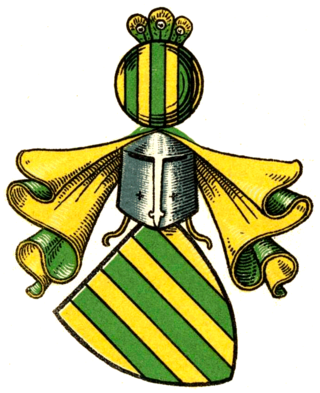
The Bilstein family was a medieval German noble family in what later became the Duchy of Westphalia with an estate mainly within the present region of Sauerland in Germany. Their family home was at Bilstein Castle in the present-day town of Lennestadt. This Westphalian family of Edelherren should not be confused with the Franconian counts of Bilstein, who held estates on the River Werra and in North Hesse.
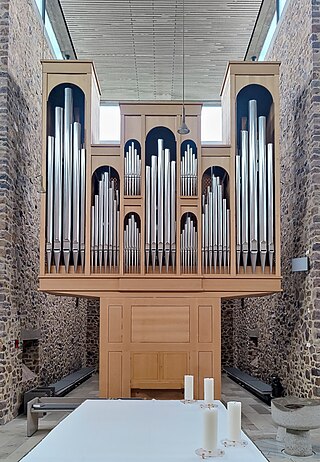
Orgelbau Mebold is a company building pipe organs in Siegen, Germany. It was founded in 1967 by Hans Peter Mebold, and has been run since 2018 by his son Mathias Mebold. The company builds new organs, restores historic instruments, and specializes in portable small instruments (Truhenorgel).







































